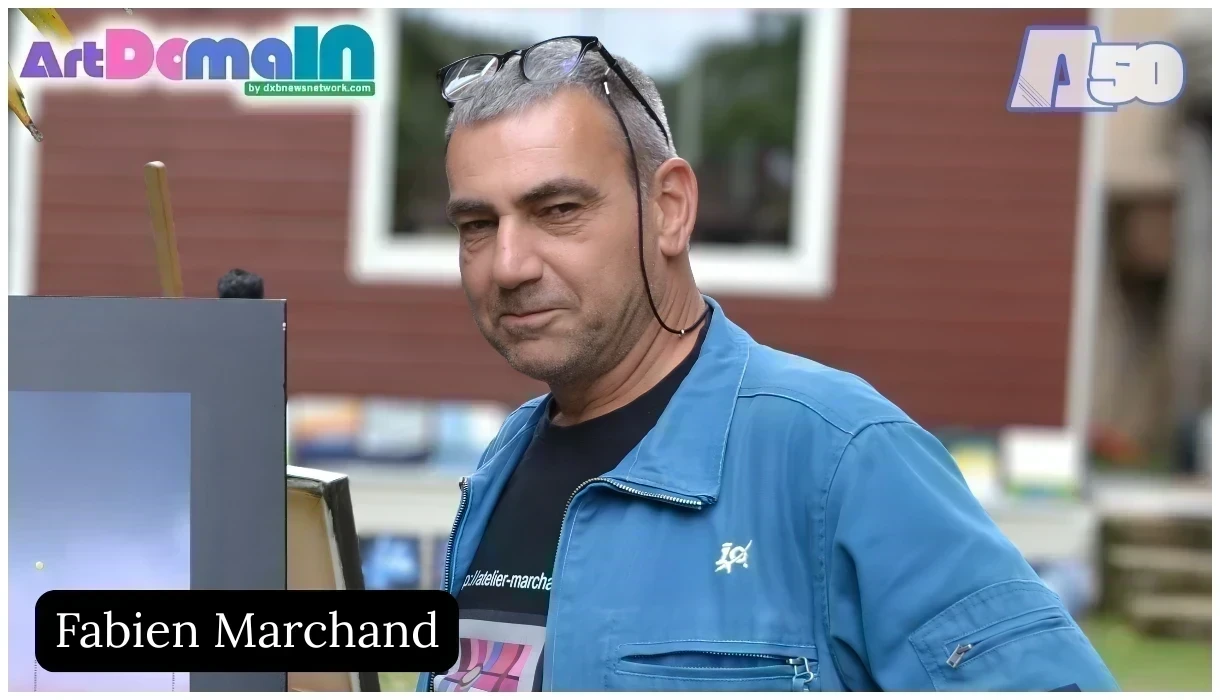
Post by : Anis Karim
India is home to one of the richest biodiversities in the world, spanning dense forests, wetlands, deserts, and mountain ecosystems. Home to tigers, elephants, rhinos, and countless other species, India’s wildlife faces growing threats from poaching, habitat loss, climate change, and human encroachment. Traditional conservation methods—patrolling, camera traps, and manual monitoring—while effective to an extent, are often labor-intensive, time-consuming, and limited in coverage.
The emergence of artificial intelligence (AI) and machine learning (ML) has opened new avenues for wildlife conservation. These technologies can analyze large volumes of data, detect patterns, predict threats, and assist in decision-making to protect biodiversity. By integrating AI tools into conservation efforts, India is taking a proactive, data-driven approach to safeguard its natural heritage.
AI-powered camera traps and drones can now automatically identify species in forests and protected areas. Machine learning algorithms process images and videos to detect the presence of animals, distinguish species, and even recognize individual animals through unique features like stripes or spots.
This technology allows researchers to gather accurate population data, track endangered species, and monitor movement patterns without disturbing wildlife. Unlike manual surveys, AI provides real-time insights, making conservation strategies more effective and timely.
Poaching remains a major threat to India’s wildlife, particularly for tigers, elephants, and rhinos. AI systems are increasingly deployed to predict poaching activity by analyzing patterns such as human movement, historical poaching incidents, and environmental factors.
For example, predictive analytics can identify high-risk zones where poaching is likely to occur, enabling authorities to deploy patrols efficiently. AI also aids in monitoring illegal wildlife trade online by scanning social media, marketplaces, and forums for suspicious activity.
Machine learning algorithms analyze satellite imagery and remote sensing data to monitor habitat changes over time. These tools detect deforestation, fragmentation, and the impact of urban expansion or climate change on ecosystems.
By understanding habitat health and connectivity, conservationists can design corridors for wildlife movement, plan reforestation projects, and implement ecosystem restoration initiatives. AI also helps identify areas most in need of protection, ensuring resources are allocated strategically.
Human-wildlife conflicts, such as crop raiding by elephants or livestock attacks by predators, pose challenges for both communities and conservation. AI tools use predictive modeling to anticipate such conflicts based on animal movement patterns, environmental conditions, and historical incidents.
Alerts can then be sent to local communities, park authorities, and conservationists, allowing preventive measures such as early warning systems, fencing, or community engagement programs to reduce incidents.
India’s Project Tiger initiative has integrated AI to improve monitoring of tiger populations. Camera trap data is processed through ML algorithms that identify individual tigers based on stripe patterns, estimate population densities, and detect movement corridors.
AI-assisted monitoring ensures better protection against poaching and provides reliable data for policy-making, helping maintain India’s global leadership in tiger conservation.
AI-powered drones and sensors are deployed in national parks and wildlife sanctuaries to track elephants and rhinos. These systems help identify migration routes, detect injuries or stress in animals, and monitor habitat use.
For rhinos, especially in northeastern India, AI algorithms analyze behavior patterns to anticipate threats from poachers and respond quickly with targeted patrols.
AI is also being applied to marine ecosystems and wetlands. Algorithms process underwater camera footage to identify fish, turtles, and other aquatic species, providing insights into biodiversity health and detecting illegal fishing activities.
Wetland monitoring using AI helps conserve migratory bird habitats and track changes due to pollution or climate shifts, enabling proactive intervention.
Traditional monitoring methods require extensive manpower and time. AI can process massive datasets quickly, covering larger areas and producing actionable insights in real-time. This scalability is particularly crucial in India, where vast and diverse habitats pose logistical challenges.
While initial investment in AI technology can be high, in the long run, AI reduces costs by minimizing manual fieldwork, optimizing patrol routes, and automating data analysis. Conservation resources can be directed more efficiently to areas of greatest need.
Machine learning provides evidence-based insights for policy-making. Governments and NGOs can make informed decisions regarding protected areas, wildlife corridors, and anti-poaching strategies, reducing guesswork and enhancing outcomes.
Predictive analytics help anticipate threats before they occur, whether it’s poaching, habitat encroachment, or human-wildlife conflict. Early interventions can save lives, both human and animal, and prevent ecosystem damage.
AI systems require quality data for accurate predictions. In many remote areas, camera traps, drones, and sensors may face connectivity or maintenance challenges, affecting reliability.
Monitoring tools must respect privacy and avoid surveillance overreach. While protecting wildlife is critical, systems must ensure minimal intrusion into human communities nearby.
Conservationists and local authorities must be trained to use AI tools effectively. Without proper understanding, the technology may be underutilized or misinterpreted.
Deploying AI-driven systems, particularly drones and sensor networks, can be expensive. Funding constraints may limit adoption across all conservation sites.
The integration of AI with Internet of Things (IoT) devices and autonomous drones will allow for continuous monitoring of forests, wildlife corridors, and water bodies. Real-time alerts can be generated for immediate intervention in emergencies.
AI can empower local communities to participate in conservation efforts. Mobile apps that alert farmers to wildlife movement or enable reporting of illegal activity create a collaborative approach to protecting biodiversity.
Sharing AI-generated data across regions and countries can enhance conservation strategies, particularly for migratory species and cross-border ecosystems. India’s experience can serve as a model for other biodiversity-rich nations.
AI can accelerate research by analyzing behavioral patterns, mating habits, migration routes, and ecological interactions, leading to better understanding and conservation strategies for endangered species.
AI and machine learning are transforming wildlife conservation in India, making efforts more efficient, predictive, and inclusive. From tracking tigers and elephants to monitoring marine and wetland species, AI tools allow conservationists to make data-driven decisions that protect biodiversity and mitigate human-wildlife conflicts.
Despite challenges like high costs, technical limitations, and the need for training, the integration of AI into conservation initiatives represents a significant step forward. By combining technology with community involvement, ethical practices, and policy support, India can safeguard its rich biodiversity for future generations.
The future of wildlife conservation lies in embracing AI, fostering innovation, and strengthening collaboration between government bodies, NGOs, researchers, and local communities. Through these efforts, India can continue to lead the world in preserving its unique and invaluable natural heritage.
This article is for informational and educational purposes only. It does not constitute professional advice. Readers should consult conservation experts or authorities for guidance on wildlife management, AI implementation, and related policies.

Want to live longer? Heart surgeon shares 5 daily habits that protect your heart and extend your life
A heart surgeon explains five daily habits to keep your heart healthy, reduce disease risk, and help

Aloe Vera Juice vs Coconut Water: Which is better for hydration?
Aloe vera juice and coconut water are healthy drinks. Experts explain which is better for hydration,

Are you over-exercising? Signs that you should hit pause
Exercising too much can harm your body. Learn the signs of overtraining and how to rest safely for b

Feeling tired all day? Doctor warns it can be a sign of iron deficiency, suggests ways to boost iron levels
Feeling constantly tired? Low iron may be the cause. Doctor explains signs of deficiency and shares

Ranbir Kapoor’s Fitness Coach Says All Calories Are Not Equal, Explains How Metabolism Shapes Weight Loss
Ranbir Kapoor’s fitness coach explains how calories from sugar and protein affect the body different

Smriti Mandhana to Harleen Deol: The most stylish star cricketers of Indian Women's Cricket Team
From Smriti Mandhana to Harleen Deol, explore the fashion and style choices of India’s women cricket

Dermatologist explains which social media skincare trends actually work
From Vaseline slugging to ice facials, dermatologist Dr Aparajita Lamba reveals which viral skincare

Zohran Mamdani Victory Speech Goes Bollywood with Dhoom Machale
Zohran Mamdani wins NYC mayor race, becoming the city’s first Muslim and South Asian mayor, making h

UAE Life High Stress 3 Simple Ways Expats Can Manage Pressure
Expats in the UAE face daily pressure and burnout Learn 3 simple effective ways to manage stress fin

Smart Meal Prep in Dubai Save Money Stay Healthy
Plan smart eat fresh Discover how meal prepping in Dubai helps you save money eat healthy and enjoy

The Ultimate Guide to Dieting in Dubai Keto vs Vegan vs Mediterranean
Discover Dubai’s top diet trends Keto Vegan and Mediterranean Find which plan fits your lifestyle f

Stay Fit in Dubai 7 Fun Outdoor Workouts Without a Gym
Explore 7 fun ways to stay fit in Dubai from beach runs to desert hikes and skyline yoga No gym nee

Beyond Biryani: Mastering Portion Control in Dubai’s Melting Pot of Cuisines
Discover how to enjoy Dubai’s diverse cuisines wisely Learn simple portion control tips to stay heal

Fabien Marchand — The Infinite Brushstroke of Freedom
French artist Fabien Marchand explores freedom, color, and emotion through his evolving art — bridgi

Dubai’s Healthy Food Revolution 5 Global Wellness Trends Transforming the City
Discover how Dubai is embracing a global wellness wave with plant based diets organic food and smart